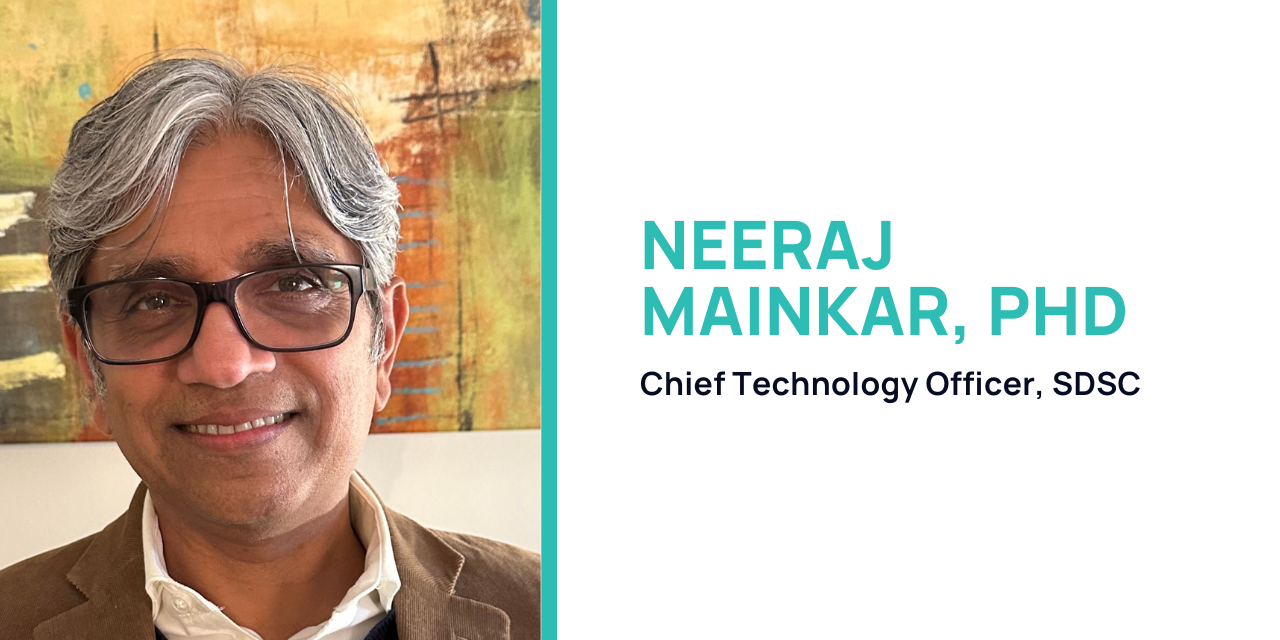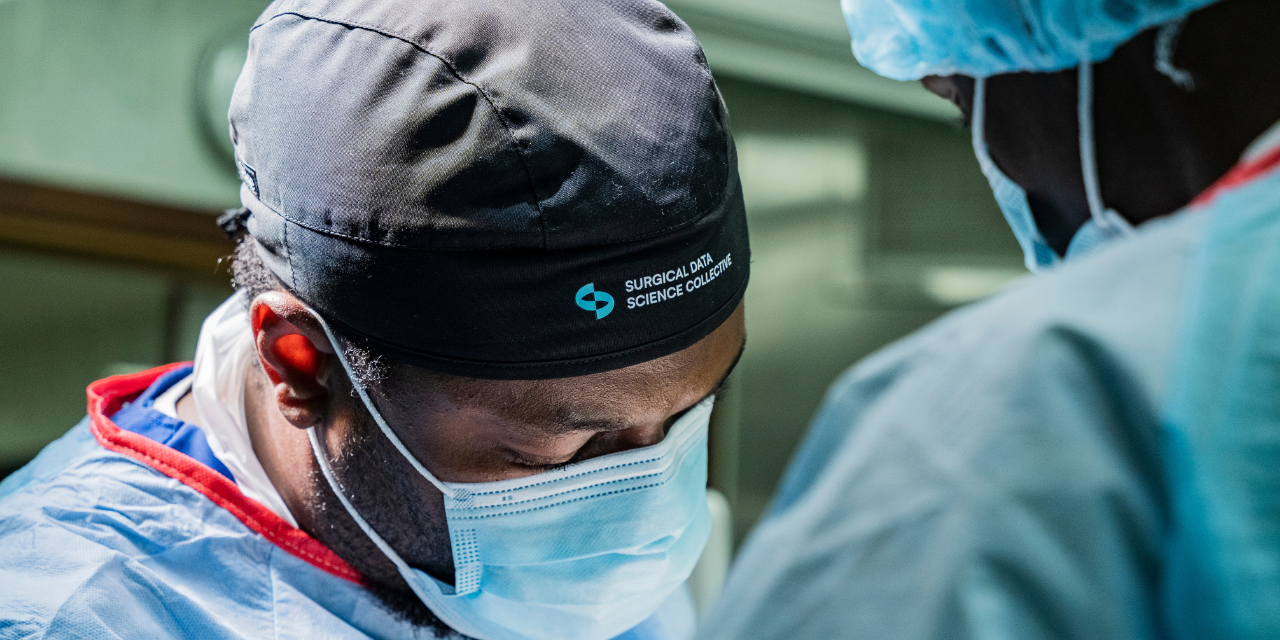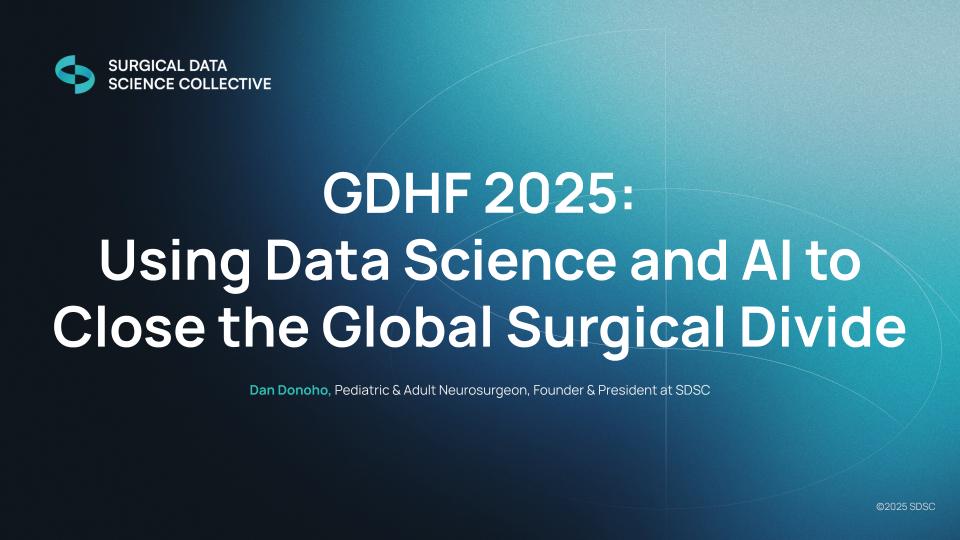
Surgical Data Science Collective (SDSC) is working in collaboration with Dr. Ruth Lau, a neurosurgeon at Joan XXIII University Hospital in Tarragona, Spain, to leverage Artificial Intelligence (AI) for the enhancement of surgical precision in primary brain tumor surgery. The project is funded by a National Congress of the Spanish Society of Neurosurgery (SENEC) grant awarded to Dr. Lau, and includes a partnership with Dr. Andreu Gabarrós of the Hospital Universitari de Bellvitge in Spain and researchers from Toronto Western Hospital and Kelowna General Hospital in Canada.

This groundbreaking project aims to integrate AI into surgeries for primary brain tumors, which arise directly from brain tissue. With an incidence rate of 0.59 to 5.73 cases per 100,000 people, these tumors have a significant impact on patient quality of life, making more precise and safer surgeries critical. Gliomas especially (primary tumors that start in the glial cells of the brain or spinal cord), create significant surgical challenges due to the difficulty in distinguishing between tumor and healthy tissue during operations. As a result, it can be extremely difficult to completely remove the tumor safely without compromising the integrity of vital brain functions.
“We want to see if AI can help us analyze whether the frequency and way that surgeons use their tools correlates with better patient outcomes,” Dr. Lau notes.

This project is utilizing an international team to collect and analyze data. Dr. Lau’s neurosurgical team is working from Spain and Canada to gather the necessary surgical videos, which are uploaded to SDSC’s Surgical Video Platform (SVP). The SVP allows surgeons to securely share, store, and analyze surgical footage by integrating machine learning for the detection and evaluation of surgical techniques.


Dr. Lau highlighted the platform's potential for revolutionizing neurosurgical research: “The SVP makes it incredibly easy to store and share videos securely. It eliminates the need for manual storage, which can cause data loss, and ensures that surgeons from different countries can contribute their expertise.”

The use of AI in neurosurgery is still very embryonic, but its potential is vast, and our project with Dr. Lau represents an important step towards more personalized, data-driven surgical care. Current techniques for identifying tumor boundaries, such as Neuronavigation, intraoperative MRI, and fluorescence-guided surgery are unfortunately not foolproof. As such, AI could serve as a supplementary tool, improving precision and potentially reducing the need for follow-up surgeries.
Dr. Lau’s research is heavily driven by the potential to improve patient outcomes in the neuro-oncology field. “Every day, we treat patients with brain tumors, and we face the challenge of removing as much tumor as possible without harming the other areas of the brain. AI can help us address this challenge in ways that haven’t been possible before.”
While the project is still in its early stages, Dr. Lau is optimistic about its progress. One of the biggest challenges so far has been the sheer volume of data required to train AI models. Collecting and annotating hundreds of surgical videos is a time-consuming process, but it is a crucial step in ensuring that the AI system can accurately distinguish between tumor and healthy tissue. Here at SDSC, we are making this process as easy and fluent as possible with our SVP.

Dr. Lau commended SDSC for facilitating this work via the SVP:
“It is inspirational to see how effective and efficient SDSC is at the work that they do. It makes it very easy to work together, and it is so rewarding to be able to work with people all around the world just using your computer. Plus, SDSC’s support is amazing!”
Looking ahead, Dr. Lau envisions a future where AI becomes an essential tool in the operating room, helping surgeons of any discipline make real-time decisions based on data-driven insights. “The goal is to see whether tool usage and movement patterns can provide new ways to measure surgical success and improve patient outcomes” she says. In the coming years, as AI technology advances, it has the potential to transform not only brain tumor surgery, but many other areas of medical care.
Our project with Dr. Lau exemplifies how global collaboration and cutting-edge technology can come together to solve complex medical challenges. By integrating AI into neurosurgery, SDSC hopes to offer patients better outcomes to pave the way for more precise, effective treatments in the future.





